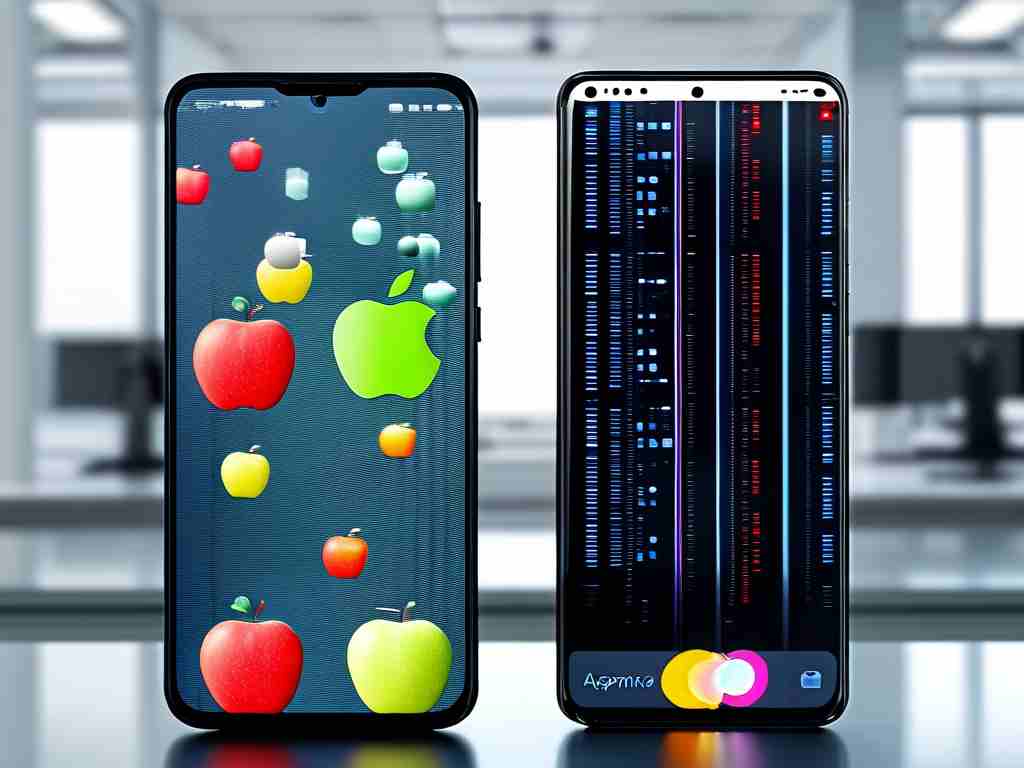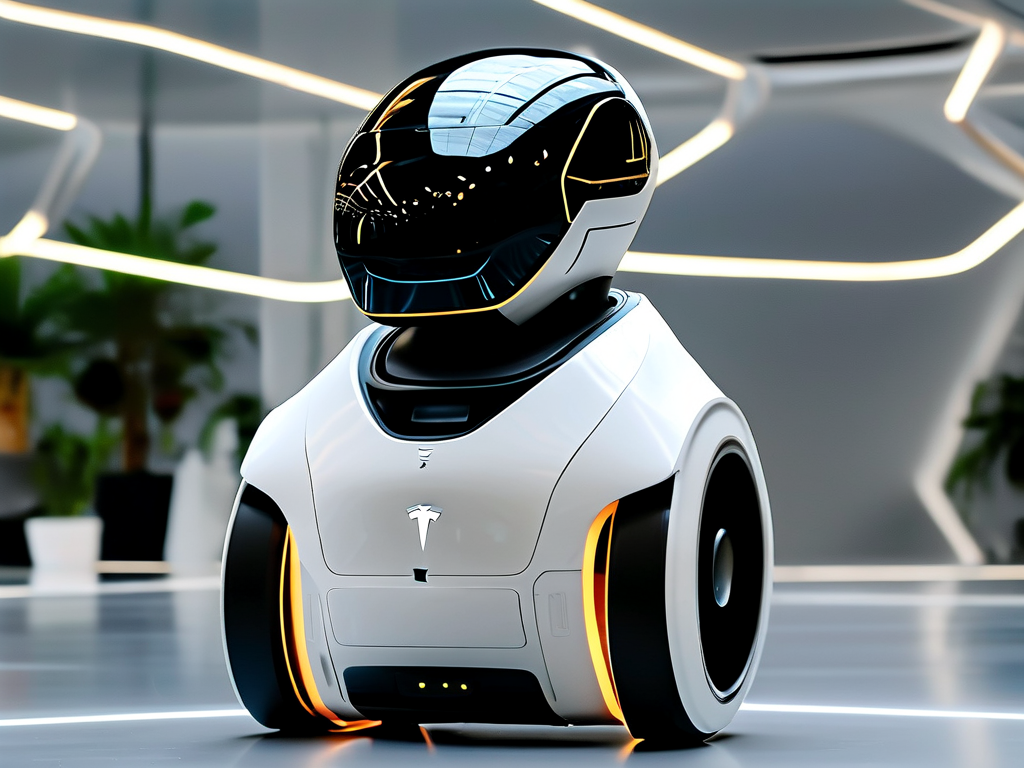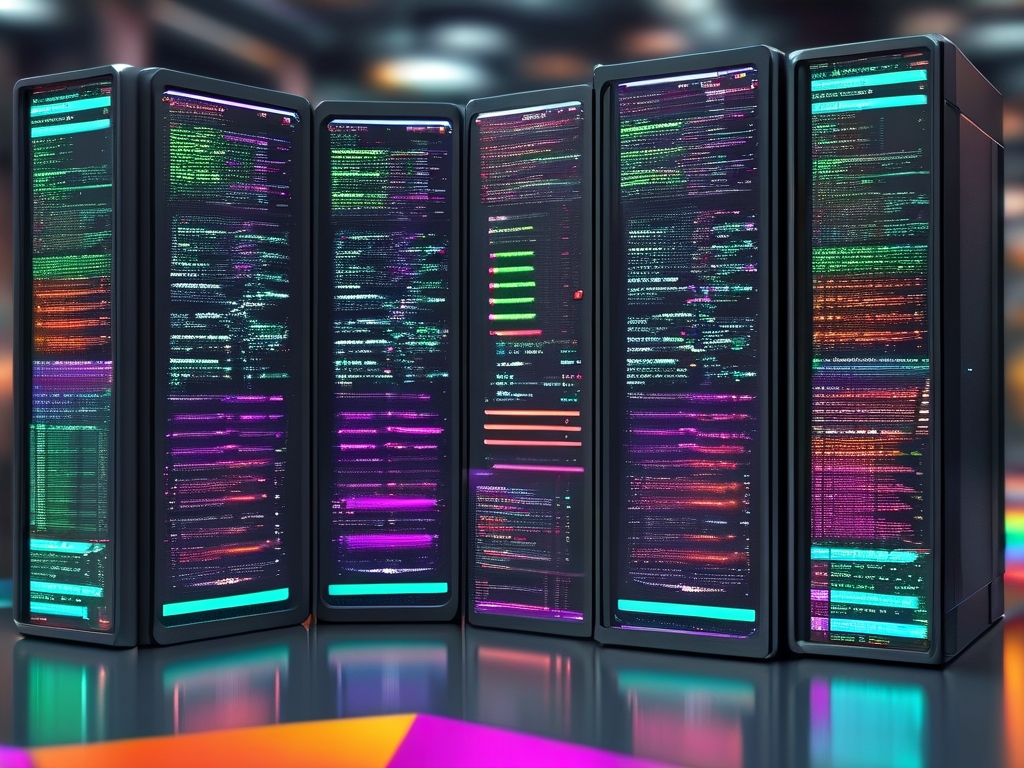For years, smartphone users have debated whether Apple’s iOS and Google’s Android handle memory management in similar ways. While both operating systems aim to optimize performance, their approaches to calculating and allocating memory differ significantly. Understanding these differences is critical for developers, power users, and everyday consumers looking to maximize device efficiency.

Architectural Foundations
At the core of iOS and Android lies a fundamental divergence in design philosophy. Apple’s closed ecosystem allows tight integration between hardware and software. The A-series chips in iPhones are engineered to work seamlessly with iOS, enabling precise memory allocation. For example, iOS uses a “tombstone” mechanism for background apps, freezing processes while preserving their state in RAM without active computation.
Android, by contrast, operates across thousands of device configurations. To accommodate this diversity, it employs a more flexible memory management model. The Linux-based kernel prioritizes app lifecycle management through processes like Low Memory Killer (LMK), which dynamically adjusts RAM allocation based on usage patterns. This flexibility comes at a cost: fragmentation across devices can lead to inconsistent memory performance.
Measurement Metrics
When comparing memory usage statistics, users often notice discrepancies. An iPhone might report 3GB of RAM usage for multitasking, while an Android device with 8GB RAM shows similar behavior. This paradox stems from how each OS calculates “used” memory. iOS aggressively preloads frequently used apps into RAM to accelerate launch times, counting this as active usage. Android, however, categorizes cached processes separately, often displaying lower “in-use” metrics despite higher total RAM consumption.
Developers face unique challenges here. iOS apps must adhere to strict memory limits enforced by Xcode’s profiling tools, while Android Studio provides more leeway but requires optimization for varying hardware specs. A 2023 study by MobileTech Labs revealed that iOS apps typically consume 15-20% less RAM than their Android counterparts when performing identical tasks, thanks to Apple’s metal-level resource management.
User Experience Implications
These technical differences manifest in real-world usage. iPhone users rarely interact with manual memory cleaners, as iOS automatically suspends or terminates background processes. The “background app refresh” feature exemplifies this controlled approach, allowing only approved intervals for data updates.
Android adopts a more transparent but complex strategy. Users can access developer options to view precise memory allocation per app, but this granular control demands technical knowledge. Manufacturers like Samsung and Xiaomi add their own layers – One UI’s RAM Plus feature virtually extends memory using storage space, while MIUI’s “Memory Fusion” technology prioritizes foreground apps.
The Storage Swap Controversy
Recent innovations have blurred traditional memory boundaries. Apple’s iPhone 15 Pro series introduced storage-based virtual RAM, allocating up to 2GB from internal storage. Android manufacturers had implemented similar solutions earlier, with brands like Oppo offering up to 8GB of extended RAM. However, critics argue these solutions risk premature storage degradation – a concern less prevalent in iOS due to Apple’s proprietary NAND controllers.
Future Directions
Emerging technologies promise to reshape mobile memory management. Apple’s rumored “adaptive silicon” could enable real-time RAM reconfiguration, while Google’s Project Marble aims to unify Android’s memory handling across devices through machine learning. As 5G networks evolve, cloud-based memory offloading might further alter how we perceive device RAM.
For consumers, the choice remains nuanced. iOS offers consistency through controlled optimization, while Android provides flexibility at the cost of fragmentation. As both platforms converge toward similar user experiences, their underlying memory philosophies continue to reflect deeper ideological divides in the tech world.
// Code snippet illustrating basic memory allocation difference:
iOS:
func allocateMemory() {
let preciseBuffer = UnsafeMutablePointer
// Strict autorelease pool management
}
Android (Kotlin):
fun manageMemory() {
val flexibleBuffer = ByteArray(1024)
// Garbage collector handles cleanup
}









